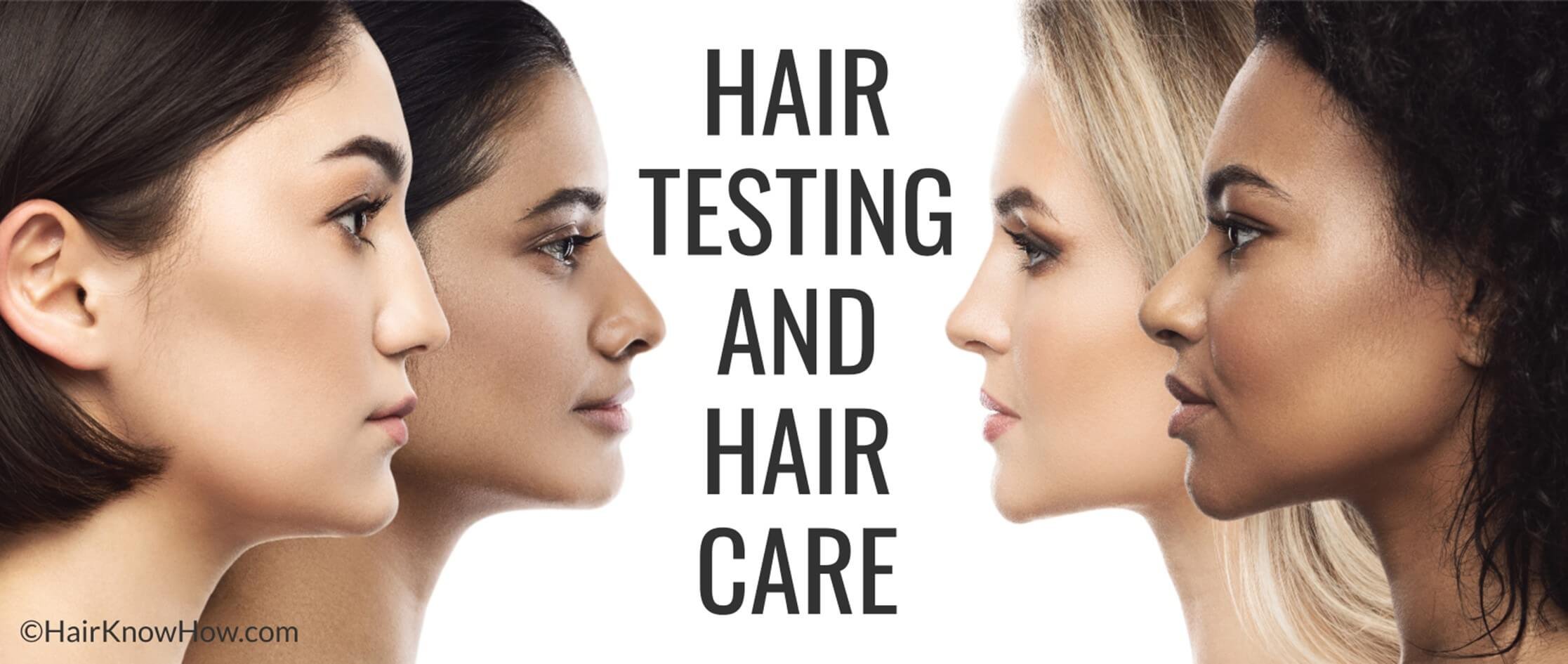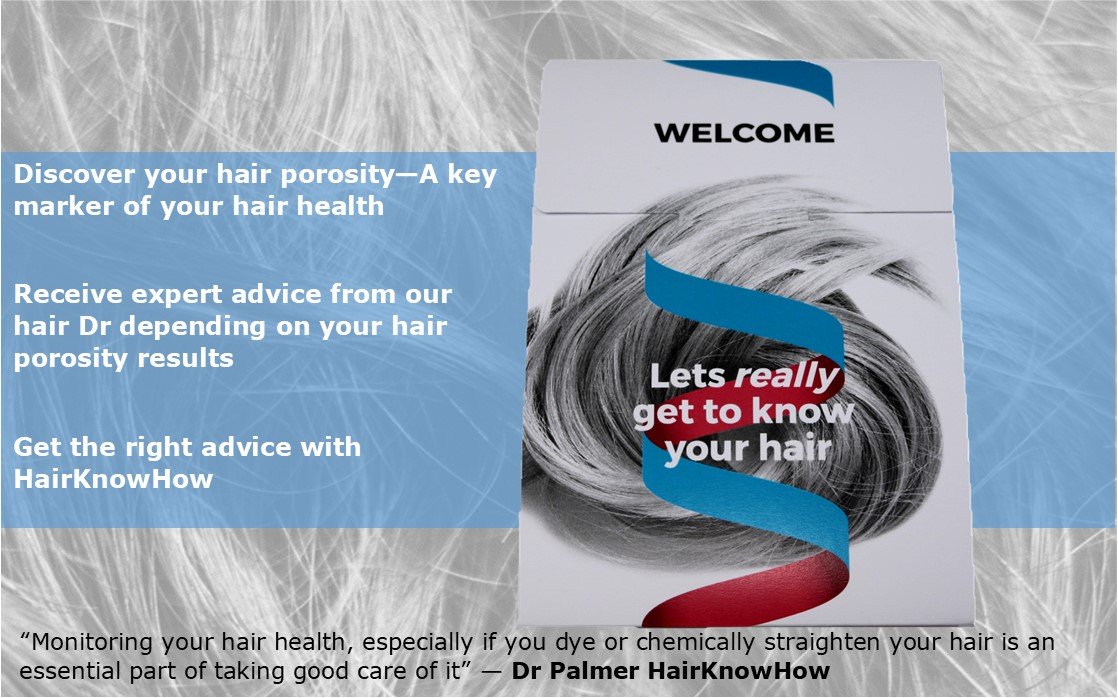Understanding the Connection
While finding the ideal products and treatments for each of our individual hair types and hair health can be challenging, we all want our hair to look good. Many people use hair tests to determine what their hair needs to get it looking its best.
But what precisely is a hair test, and how does it apply to hair care? We'll explain what a hair test is in this blog post and how it can help you determine your unique hair care requirements.
We will also discuss some advice for maintaining your hair after a hair test. Learn more by reading on!
Hair Test and Your Hair
Your greatest asset is your hair. Your hair is one of the first things people notice about you; it can reveal a lot about your health. Therefore, it's critical to comprehend how hair testing and hair care are related.
Hair health testing is a method that may be used to investigate your hair health. These hair tests, which may include hair typing, porosity testing, and other tests involving the hair's cuticle etc., to assess the condition of your hair. These hair tests come with comprehensive reports that describe the condition of your hair and offer grooming and product suggestions that can help you reach your hair and beauty goals.
It need not be difficult or expensive to take care of your hair. Just pay attention to it and ensure you get the proper nutrients and care it needs to keep your hair looking its best. One of the best ways to assist you in achieving this is through hair health tests.
Getting a hair health test is one way to ensure you save money on products that either don't work or are unsuitable for your hair.
Hair Care Products and Hair Testing
Understanding hair testing and hair care products is important to keeping your hair healthy and looking its best.
Many different hair care products are available, so it's crucial to get your hair tested to find the ones that work best for your particular hair needs.
It's essential to consider your hair type and the specific requirements of your scalp and hair when selecting the best hair care products. For instance, you might need to use different products than someone with oily or normal hair if you have dry or damaged hair.
A crucial component of maintaining healthy hair is hair testing. Various types of hair damage and dangerous substances, such as chemicals, pollutants, and heavy metals, can be discovered and measured using hair tests.
Hair Damage and Hair Test
Although your hair is constantly growing, damage can still occur to it. Breakage split ends, and dullness can all be caused by environmental factors, heated styling methods, and over-processing. Even though you have no control over everything that happens to your hair, you can take precautions to lessen harm and keep your hair looking lustrous.
Getting a routine hair test is one way to do this. A hair test can help you determine any existing damage to your hair and any areas that might be more vulnerable to damage. You can modify your hair care regimen to help prevent damage and keep your hair looking its best by understanding your hair test results.
Read on for more information if you have questions about hair tests or are concerned about hair damage. We'll go over the definition of a hair test, its significance, and how it can help you grow healthier hair. If you have any inquiries, get in touch with HairKnowHow.
Hair Test and Hair Loss
Understanding the link between hair loss, the products you use, and the health of your hair is one of the most crucial aspects of hair care.
Let's start by providing some background information first. We lose about 100 hairs from our scalps each day. There is no cause for concern, and this is entirely normal. However, if you realise that you're losing more than that every day, it might indicate a more serious issue, and you may need assistance.
Various factors, including genetics, stress, diet, hormones, and some medical conditions, can cause hair loss. It's crucial to visit a doctor or dermatologist if you think your hair loss may be caused by something other than natural shedding so they can rule out any underlying medical conditions.
A hair health test can help give you a detailed picture of your hair and help you figure out the best course of action. Hair loss can also happen as a result of excessive hair breakage.
After going over the fundamentals, let's talk about hair tests. A hair test is frequently used to identify nutritional deficiencies that can cause hair loss or diagnose the hair shaft directly. For the tests, a tiny sample of your hair is taken and sent to a lab for examination. Your doctor or hair doctor can suggest particular dietary modifications or supplements to help you improve your nutrient levels and lessen hair loss based on your test results.
Keep in mind that discussing hair loss can be challenging because it is a sensitive subject. However, your doctor or clinical dermatologist should be able to offer you individualised counsel and direction to help your hair return to a healthy state.
Hair Test and Hair Growth
Although you might not be aware of it, the state of your hair can reveal a lot about your body's health. To check for specific conditions, doctors occasionally order a hair test for a mineral or nutrient assessment.
A hair test can detect conditions such as iron deficiency, thyroid issues, and even the presence of specific medications in your body. Specific hair tests can reveal if you've been exposed to heavy metals like lead or mercury. A hair test may occasionally detect early indications of serious diseases.
Of course, less glamorous aspects, like how well you take care of your hair, can impact the state of your hair. Split ends and other damage can result from improper shampoo use and inadequate brushing.
Additionally, it can damage your hair if you frequently use harsh chemicals or heat styling. This type of hair analysis is a speciality of HairKnowHow's hair tests.
The good news is that you can take action to restore your hair's health, even if it is currently in poor condition. Regular trims, deep conditioning treatments, and the use of gentle products will all quickly restore the lustre to your hair.
Hair testing can, of course, help identify and help provide clear advice on helping with many of these hair challenges.
Hair Test and Hair Maintenance
Many people need to be aware of the value of a hair test when it comes to hair care. A hair test can help identify any potential issues and help determine the condition of your hair and, in some cases, your scalp. Hair testing your hair can decide what products and hair care treatments will work best for you.
You can perform a few different kinds of hair tests. One option is sending your hair sample to HairKnowHow for a Complete Hair Analysis. The results of this test will help you understand your hair's porosity, cuticle health, and lustre. After that, HairKnowHow suggest the best products and treatment for your particular hair type and health.
After determining the condition of your hair, you can start concentrating on hair maintenance. This entails incorporating healthy habits into your daily routine and using the appropriate products for your particular hair type, for instance, applying a deep conditioning treatment once a week to dry or damage hair depending on the individual’s hair.
Hair Test and Hair Coloring
Ammonia is present in most hair colouring products in some quantity. This is because ammonia is good at dissolving dirt and grime.
The water-soluble gas ammonia is used in many cleaning products. Your hair appears thicker when ammonia is in contact with it because it causes the inner structure of the hair shaft to swell. Ammonia also helps to open up the cuticle or outer layer of the hair in order for the colour to reach the cortex or middle layer of the hair, where it remains, changing the colour of the hair.
While some hair colour formulas still contain ammonium sulphate, most manufacturers now use monoethanolamine (MEA), a less harsh substitute. MEA functions similarly to ammonia by enlarging the hair shaft's inner structure and opening the cuticle layer; importantly, it does not irritate the scalp as much.
You can take several steps to reduce your risk if you are worried about possible chemical exposure from hair colouring products.
Start by picking hair products marked "ammonia-free" or "MEA-free."
Second, when having your hair coloured, request that your stylist use a low-volume developer (a diluted hydrogen peroxide solution).
Third, apply colour to dry hair and avoid leaving it on longer than is advised when using at-home colouring kits. Be sure to follow all instructions carefully.
As an alternative, we advise having your hair coloured by a qualified hairstylist in a high-quality salon.
Summary - Hair Testing and Hair Care
In many ways, hair tests and hair care are related. Our hair can indicate how well we care for ourselves in several ways, from exhibiting symptoms of underlying health problems to being impacted by the everyday haircare products we use. Knowing how these two things are related can help us better understand and take charge of our body’s health and hair's health.
We can keep our bodies and hair in the best possible shape at all times by becoming more knowledgeable about the products that can benefit or harm our hair and understanding when something is wrong with our bodies based on changes in the quality or texture of our hair.
Get Expert Hair Analysis and Help
If you are interested in learning about hair testing or have a hair concern you would like to discuss, then please do get in touch. Contact the HairKnowHow Team if you have any questions.





